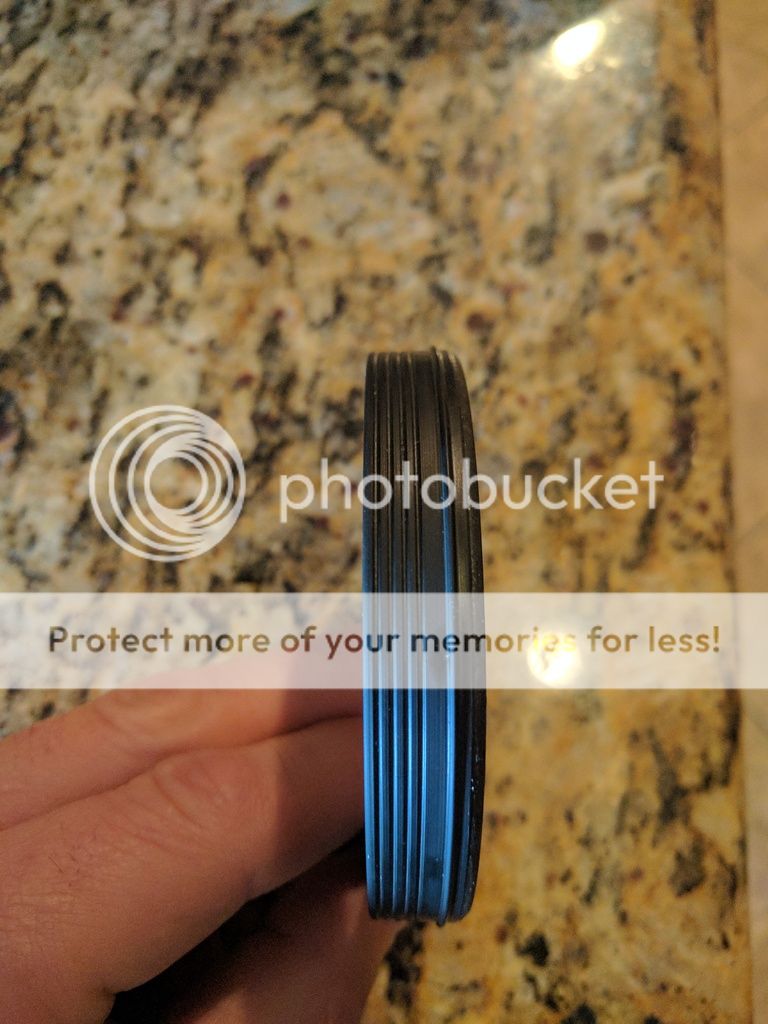My seal came loose also on my IO-540. The seal did not make the grooves shown in your photo, its made of rubber. You should have one grove in the case for the ridge formed on the seal to fit into. The other marks that look like groves are probably just marks made from the other smaller ridges on the seal as it spun in the case. The seal is not going to wear the case. Again, its made of rubber. Carefully remove any leftover sealant with a dental pick and rags, Clean it all up several times using acetone. Make sure absolutely no oil or any contaminates anywhere on the crank shaft and case where the new seal will go. Use the new sealant that Lycoming states for installing the new seal, Dow 747 Natural Cure silicone sealant. Remove the spring in the new seal. I heat the new seal up in hot water to make it more pliable to stretch over the prop flange. I wrap the prop flange a couple times with slippery packing tape. Make sure you understand orientation of the seal when you stretch it over the flange. Use a smooth steel round Phillips screw driver or other smooth steel rods to hold and stretch the seal. Now hold the new hot seal in your right hand in front of the flange in proper orientation.. Put a rod through it at the bottom and then partly through one of the upper prop bolt holes in the flange. Fold the seal over the flange and push the rod through so it holds the seal folded over the flange. Now take your other rod and stretch the seal around the flange working
it over the flange bolt bushings. Looks impossible but it will stretch enough and pop right on after the half way point. Dry the seal and allow it to shrink back around the crank shaft. Be very careful so the spring does not slip and pop into the case, hook it back together around the crankshaft and reinstalling it in the seal. Clean the sealing surface of the seal and case again. A light film of sealant on both the seal and case. Allow to set per mfg instructions and push it into place evenly. making sure the new seal bottoms out. The new seal has a ridge formed in it that goes in the grove of the case to help hold it in place. Let the sealant cure at least 24 hours before running your motor.
 [/URL][/IMG]
[/URL][/IMG]





